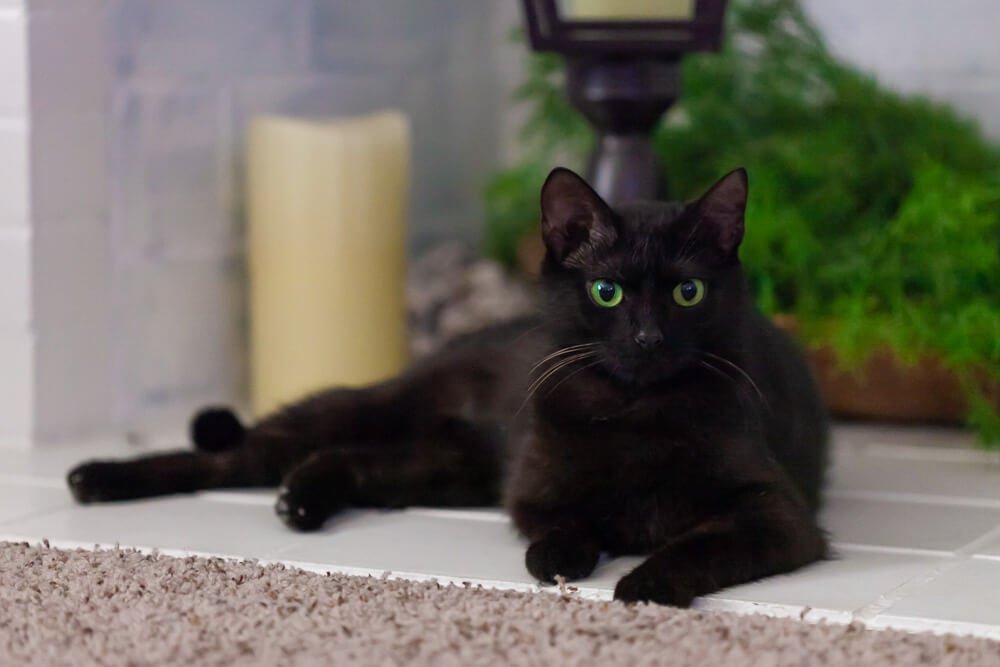the shop
amanda borders | mystery writer & editor
Quill&Glass
Quill&Glass
amanda riley | mystery writer & editor
writing | Editing | photography
about
editing
blog
contact
resources
shop
menu
writing • editing • photography
This page may contain
affiliate links. click here
for more information
This page may contain affiliate links. click here for more information
Crisp leaves, rainy nights, warm cider, and pumpkin everything. Sweater weather is almost here, and these are the books you need on your shelf.
The first day of fall may have come and gone, but here in the South, summer is hanging on for dear life. This morning, though, I stepped out onto the patio and there was a definite nip in the air. The trees are finally tinged with red and gold, acorns are bouncing off our roof day and night, and the sky has turned the clear, deep blue of autumn.
Fall is absolutely my favorite time of year. I love the Christmas season, and the beach is fun, but I’d be fine with one month each of winter, spring, and summer, with the remaining nine months filled with crisp days, the crunch of leaves underfoot, the scent of woodsmoke at twilight, blazing trees, and warm apple cider.
I’ve been reading a lot of new releases lately—and enjoying them—but the cooler weather makes me crave the comfort of an old favorite. One that I’ve read over and over but never tire of. It’s the book version of slipping on a comfy old sweater.
After combing through my overcrowded bookshelves, I compiled a list of the five books I’d most like to curl up beside the fireplace with.
5 Favorite Cozy Reads for Fall
Sleeping Murder by Agatha Christie
Written in the 1940s, published in the 1970s, and set in the 1930s, Sleeping Murder is the story of Gwenda Reed, who has returned to England ahead of her husband to find them a house. She buys one right away, because it immediately feels like home. When a sealed cupboard is forced open, revealing the very wallpaper she was thinking of putting up, Gwenda begins to feel uneasy about the house. Then she starts having visions of a woman being strangled in the house and begins to wonder if she is having a mental breakdown. In desperation, Gwenda calls in Miss Marple to help her unravel the past. This was one of the first Agatha Christie novels I read as a child, and I still have the ratty old paperback I bought with my allowance. I’ve read it many times over the years and still love it, perhaps because its themes of repressed memories and unsolved mysteries from long ago are favorites of mine.
Crocodile on the Sandbank by Elizabeth Peters
I fell in love with the Amelia Peabody mysteries when I read The Falcon at the Portal and immediately went back and started reading the books from the beginning. I’ve read the entire series now, but the first book, Crocodile on the Sandbank, is my favorite. Amelia Peabody, a Victorian spinster who has spent her entire life caring for her historian father, inherits his estate and is faced with the decision of what to do now. She doesn’t take long to decide that now she will see the world and visit all the places she’s read about over the years. In Rome, she encounters an impoverished Englishwoman and takes her under her wing. They move on to Egypt, where they embark on a voyage up the Nile that leads them to the excavation site run by Radcliffe Emerson and his brother Walter. Amelia finds that she very much enjoys archaeology (and annoying the elder Mr. Emerson), but when their idyll is interrupted by a mummy who seems set on attacking their camp, she finds that she is equally skilled in detection.

Other Worlds by Barbara Michaels
Other Worlds is a pair of stories written by Barbara Michaels (a.k.a Barbara Mertz, a.k.a. Elizabeth Peters) that are perfect for a misty autumn day. The novel opens on a foggy evening in, as the narrator puts it, a location that exists only in the imagination. Cue Rod Serling’s voiceover. In the parlor of a gentleman’s club, a variety of characters, including Harry Houdini and Sir Arthur Conan Doyle, gather for the purpose of arguing over their solutions to well-known accounts of supernatural events. Were those events truly supernatural in origin, or were they merely covers for something else? Each member has his (or her) opinion of the truth of the matter. The two stories up for discussion are The Bell Witch of Adams, Tennessee, and the Phelps Poltergeist of Stratford, Connecticut. While the Stratford Poltergeist makes for a pretty creepy story, my real fascination with this book lies in the story of the Bell Witch. No doubt because I live about half an hour from Adams, while my brother lives on land that was once a part of the Bell farm. The Bell Witch story creeped me out so much when I read a local author’s account of it that I had to hide the book behind some others on the bookshelf, kind of like Joey from Friends putting Little Women in the freezer. If you want to know more about the Bell Witch, check out The Bell Witch: The Full Account, but don’t blame me if you have to put it in the freezer. You’ve been warned. (Other Worlds seems to be out of print, which is a shame, but keep an eye out for it at your local used bookstore or library sale, or find it on Biblio!)
The Ballad of Frankie Silver by Sharyn McCrumb
In Sharyn McCrumb’s ballad novels, she skillfully blends past, present, and the murky world of folk ballads to create incredibly atmospheric mysteries. I’ve been fascinated by murder ballads since I first studied them in a college English lit class, and McCrumb is clearly an expert on the subject. Each of the books in her ballad series is impressively well-researched and packs in lots of information about the history of Appalachia without feeling pedantic or overshadowing the story. Come to think of it, any of the books from the ballad series would make great reading for autumn—they all have a very haunting quality and of course, just the term murder ballad implies ghosts. The Ballad of Frankie Silver is probably my favorite of the series, though. I love how McCrumb ties together the historical story of Frankie Silver with the modern mystery that her detective Spencer Arrowood is untangling. If you’re in the mood for a good creepy story, check this one out. Those three stones on the cover? They mark the graves of Frankie’s husband. Yes, graves, plural. You’ll have to read the book to find out why Charlie Silver has three graves.
The Sweetness at the Bottom of the Pie by Alan Bradley
The Flavia de Luce mysteries are some of my favorites, partly because Flavia reminds me so much of Josephine in Agatha Christie’s Crooked House. There is something unexpected and quirky about the world of Buckshaw, the mansion where Flavia and her family live, that makes the novels unlike anything else I’ve read. The Sweetness at the Bottom of the Pie is the first of the series, and still my favorite. I think Bradley does an excellent job of showing the reader the events of the story through the eyes of a precocious twelve year old. Her somewhat skewed perspective on the world and her enthusiasm for murder (solving murder, that is) is what makes the stories so appealing and entertaining. Even though this book is set in the summer of 1950, I still find it cozy enough to be perfect for October. (And I just have to mention that, much like the Amory Ames novels, this series has some of my very favorite cover designs—so unique.)
Looking for more autumn reads?
Mousekin’s Golden House by Edna Miller
Not a mystery, but I remember checking Mousekin’s Golden House out from the library when I was in elementary school. I loved this story of a mouse who finds an abandoned jack o’lantern and decides it will make the perfect home to shelter him through winter. It has lovely watercolor illustrations, which may be the reason that, after all these years, I still get vivid images in my mind whenever I think about the story. I remember thinking how wonderful it would be to make a home in a pumpkin, with milkweed for a nest. It made such an impression on me that, every year when the leaves begin to fall, I think of Mousekin, snug in his pumpkin house. The book, unfortunately, is out of print, and I’m on the lookout for a copy to add to my collection. If you have a child to read to (or even if you don’t), it would be well worth checking your local library for a copy. It doesn’t get much cozier than this perfect autumn read.

Wicked Autumn by G.M. Malliet
This one is on my to-read list for this fall. I haven’t read any of the Max Tudor mysteries, but when I came across a description of this book, I knew I wanted to. I should probably start at the beginning of the series, but the description of Wicked Autumn has me itching to read it first, partly because of some similarities between the victim in this book and the victim in the book I’m currently (still . . . ) working on.
Having spent almost three years in the idyllic village of Nether Monkslip, Max Tudor is well acclimated to his post as vicar at the church of St. Edwold’s. This quaint town seems to be the perfect new home for Max, who has fled a harrowing past serving in the British counter-intelligence agency, the MI5. But this serenity is quickly shattered when the highly vocal and unpopular president of the Women’s Institute turns up dead at the Harvest Fayre.
How about you—what’s on your reading list this fall? Has
autumn arrived in earnest, or are you struggling through the
misery of an Indian summer where you are? Happy reading!
Praesent leo risus, sodales sed fermentum vitae, ornare ut metus. Maecenas ornare pellentesque metus a commodo. Lorem ipsum dolor sit amet, consectetur adipiscing elit. Suspendisse sed nibh non nisl finibus imperdiet.
Writing Routine
Tracker
free printable
send me the tracker








